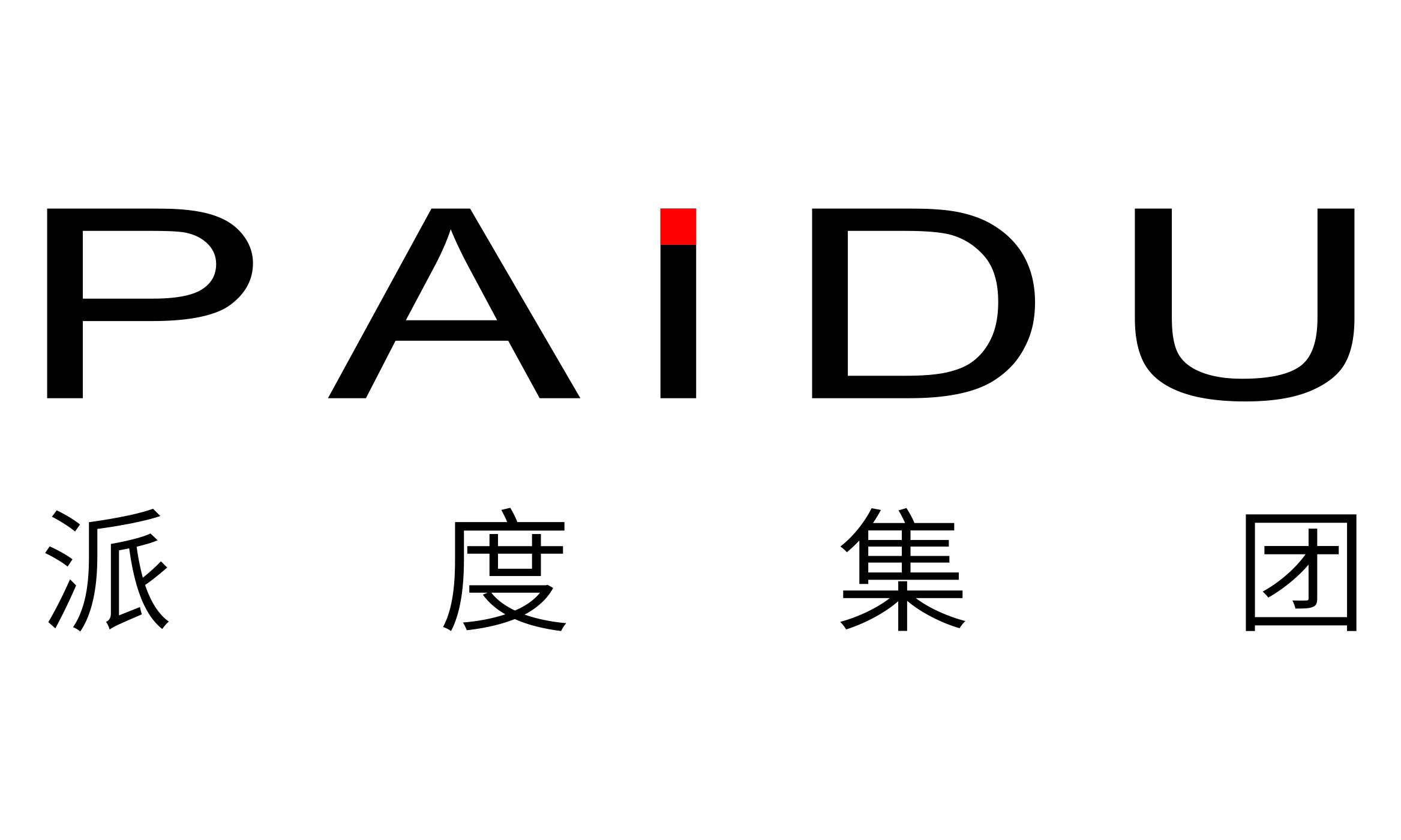Protective gear is a crucial component in ensuring the safety and well-being of individuals engaged in various activities, from sports and outdoor adventures to industrial work. While the primary purpose of this gear is to shield us from potential hazards, it's equally important that it doesn't compromise our comfort and mobility. This is where EVA foam comes into play.
Ethylene-Vinyl Acetate foam, or EVA foam, has become a ubiquitous material in the world of protective gear, and for good reason. It strikes the perfect balance between protection and wearability, making it a staple in helmets, pads, armor, and more. In this blog, we explain why EVA foam has earned its place as the go-to choice for enhancing the safety and performance of protective gear.
Why is EVA Foam Used in Protective Gear?
EVA foam is commonly used in protective gear for several reasons. Firstly, it is known for its excellent shock-absorbing properties. When subjected to impact or pressure, it deforms and compresses to absorb and distribute the force, thereby reducing the risk of injury to the wearer. This makes it a suitable material for protective gear in various sports and activities as it helps cushion and protect against impacts and falls.
Secondly, EVA foam is lightweight and flexible, which enhances the comfort and mobility of the wearer. It can be molded into different shapes and thicknesses, making it versatile for various protective gear applications. Additionally, EVA foam is water-resistant, which means it retains its protective properties even in damp conditions. Its durability and resistance to chemical exposure further contribute to its suitability for protective gear that needs to withstand wear and tear.
Advanced EVA Foam Injection Molding Services
Properties of EVA Foam
EVA foam is a durable material revered for its advantageous properties, making it a top choice for various industries, including protective gear manufacturing. Some key properties include:
- Density Range: EVA foam comes in a wide range of densities, which can be tailored to suit specific applications. The optimal density is selected based on the level of protection and flexibility required. Whether you require rigid or flexible material, EVA foam can be customized to your needs.
- Impact Absorption: EVA foam excels in absorbing impact energy, reducing the stress and load transferred to the body. This feature is particularly crucial in protective gear, such as knee pads.
- Durability: EVA foam is known for being highly durable and resistant to wear and tear. It can withstand repeated stress, making it suitable for long-lasting protective equipment.
- Flexibility: EVA foam material is known to be one of the most flexible foams, allowing it to conform to the body or object's shape, ensuring a comfortable fit without compromising safety.
- Moisture Resistance: EVA foam resists moisture, making it an excellent choice for outdoor and high-moisture environments.
- Chemical Resistant: In addition to being moisture resistant, EVA foam is a popular choice for its chemical resistance, widening the potential applications of polymer foams.
Hardness vs Density: Key Factors in Foam Injection Molding
Applications of EVA Foam in Protective Gear
The behavior of polymer foams makes them an ideal choice for protective gear. EVA foam sheets are used in various forms and structures in the manufacturing process of protective equipment. Here are some notable applications of EVA foam in the protective gear industry:
KNEE PADS
Knee pads are an excellent example of protective gear where EVA foam excels. The foam's impact velocity absorption and resistance properties ensure that the knee joint is shielded from potential impacts during activities that put stress on the knees, such as sports, construction, or industrial work.
HEAD PROTECTION
Helmets and headgear designed for various purposes, including combat sports and the automotive industry, often utilize EVA foam to enhance safety. The foam's cushioning properties are crucial in minimizing the impact on a human head during high-velocity and dynamic stress situations.
BODY ARMOR
EVA foam is used in body armor to provide both impact resistance and flexibility. It plays a vital role in ensuring that the wearer is protected from potential impacts while still being able to move freely.
SPORTS EQUIPMENT
The sports industry relies on EVA foam for various equipment, from padding in boxing gloves to protective gear in contact sports. Its ability to withstand dynamic loads and provide optimal impact resistance is invaluable.
EQUIPMENT PROTECTION
EVA foam doesn't only protect people, but also protects objects from the function of stress. The packaging industry uses EVA foam to protect electronic equipment such as headsets and iPads. It’s an advanced material that protects against compressive stress.
The Versatile Uses of EVA Injection Molding Products
EVA Foam's Role in Enhancing Safety
- Weight Impact Tests: EVA foam undergoes rigorous testing to ensure it can handle different levels of stress and impact. Weight impact tests, using a head dummy or fake figure are used to determine the foam's effectiveness in absorbing and distributing energy during impact.
- Advanced Impact Mitigation: The mechanical properties of EVA foam, combined with its compressive strength, provide advanced impact mitigation. This is essential in reducing the risk of injury in various high-impact industries.
- Environmental Impact: EVA foam is not only designed to protect individuals but also to be environmentally responsible. Committed suppliers, such as Foam Creations use sustainable practices, to ensure that their foam solutions have a minimal environmental impact.
The Future of EVA Foam Technology
The future of EVA foam technology holds great promise, as researchers and engineers continue to push the boundaries of material science and design. One of the most exciting developments on the horizon is the enhancement of EVA foam's protective capabilities. Scientists are working on optimizing the material's shock-absorbing properties, allowing it to provide even better protection against impacts and injuries. This means we can expect to see improved helmets, body armor, and padding that offer superior safety without compromising comfort or mobility.
Moreover, the evolution of EVA foam technology is likely to result in more sustainable and eco-friendly products. As environmental concerns become increasingly important, researchers are exploring ways to develop EVA foam with a reduced carbon footprint. This could involve using recycled materials or creating production processes that are more energy-efficient and less harmful to the environment.
Advanced EVA Foam Technology for your Protective Gear
Foam Creations is a leading provider of innovative EVA foam and other polyolefin foam solutions. We specialize in foam injection molding thanks to our advanced technology that creates custom durable and lightweight polyolefin foam made without phthalates, heavy metals or latex. Whether it's for protective gear, sports equipment, or another type of product, we are committed to pushing the boundaries of EVA foam technology to ensure safety, durability, and exceptional performance for our customers.
Our services include:
FREQUENTLY ASKED QUESTIONS
How does the behavior of polymer foams, including EVA foam, affect their performance in protective gear?
The behavior of polymer foam products, such as their ability to absorb and distribute impact energy, plays a critical role in protective gear. EVA foam's closed-cell structure ensures it effectively mitigates impact, reducing the risk of injury.
Is closed-cell polyethylene foam the same as EVA foam, and are they interchangeable in protective gear?
Closed-cell polyethylene foam is similar to EVA foam but not interchangeable. EVA foam, known for its flexibility and impact resistance, is the preferred choice for many protective gear applications due to its specific properties.


